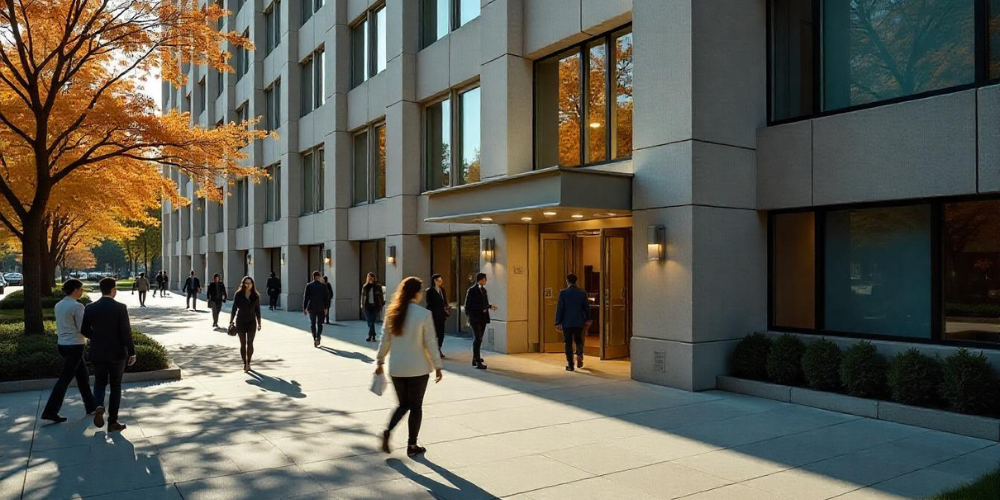--------- CEAC Case Status Updates in 2025: What’s Normal and What’s Not?
May 6, 2025
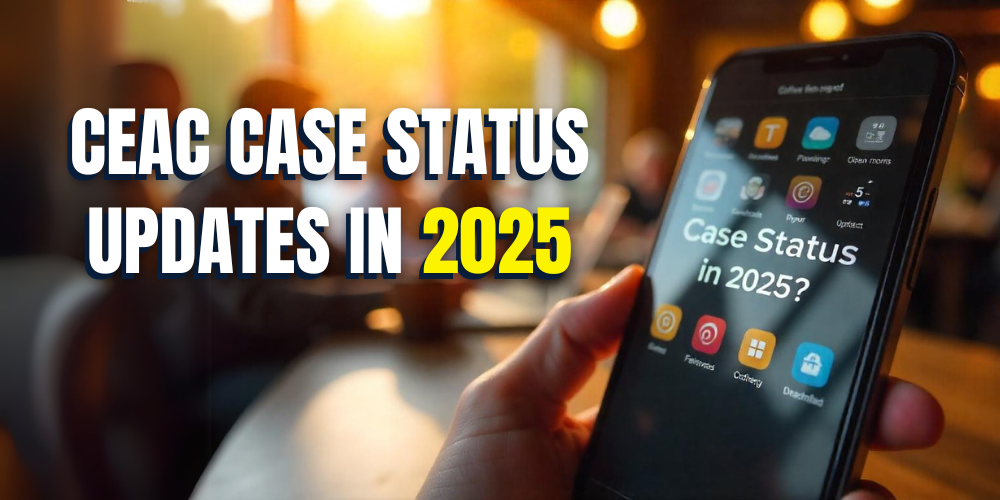
If you’re navigating the U.S. visa process in 2025, chances are you’ve been refreshing the CEAC (Consular Electronic Application Center) portal more times than you’d like to admit. Watching your case status can feel like a rollercoaster—one minute you're "Approved," the next you're stuck in "Administrative Processing," and sometimes, it just sits there, unmoved, for days or even weeks.
What does it all mean? And how long are you supposed to wait?
The truth is, CEAC status updates can be confusing, and in 2025, the rules of what’s “normal” have shifted a bit. So, if you’re trying to make sense of where your case stands—or if you should start getting worried—this guide will walk you through it.
Understanding CEAC Statuses: The Basics
Before we dive into what's typical and what's not, let's get familiar with the common CEAC statuses:
- Application Received: Your application has been received and is under initial review.
- Approved: A consular officer has approved your application, but final processing is still underway.
- Issued: Your visa has been printed and is ready for delivery.
- Refused: Your visa application has been denied, or it's undergoing administrative processing (often under Section 221(g)).
First: What Is CEAC?
Let’s get this out of the way. CEAC stands for Consular Electronic Application Center, a portal run by the U.S. Department of State. It’s the online hub where you can:
- Fill out Form DS-260 or DS-160
- Upload civil documents (for immigrant visas)
- Pay visa fees
- Track your visa status after the interview
If your visa case is being handled at a U.S. consulate or embassy, CEAC is your window into the process.
What Are the Main CEAC Statuses in 2025?
The main status messages haven’t changed much, but how they behave and what they imply definitely have. Here are the most common ones you’ll see, along with what they actually mean today:
1. "In Transit"
What it means: Your case has been sent from the National Visa Center (NVC) to a U.S. embassy or consulate for further processing.
Normal duration: 1 to 2 weeks before it switches to "Ready".
What's NOT normal: Staying in “In Transit” for more than 3 weeks. That may suggest a delay in embassy intake or technical hiccup.
2. "Ready"
What it means: The consulate has received your case and is (supposedly) ready to process it. For nonimmigrant visas, it usually means they’re ready for your interview. For immigrant visas, it can also mean your interview is already scheduled.
Normal behavior in 2025: You may sit on “Ready” for several days to a few weeks before an interview or update.
Watch out for: If it switches to “Ready” after your interview, this can be misleading. It doesn't mean your visa is approved—it just means the consulate still has the file. Many people panic when it jumps back to “Ready” post-interview, thinking something went wrong. In most cases, it’s just part of the process.
3. "Administrative Processing"
What it means: Your visa is on hold while the embassy or consulate conducts additional review. This is often security-related or document-based.
Normal in 2025: Unfortunately, yes—especially for cases from countries subject to heightened screening or where documents were missing.
Typical time frame: Anywhere from a few days to several months. In 2025, most clear within 60 days, but a smaller percentage can drag on longer.
What’s NOT normal: If you’ve been stuck here for over 90 days with no response, it’s time to contact the embassy or file a public inquiry.
4. "Refused"
Don’t freak out yet. This does not always mean denial.
What it means in 2025: This status now appears for any visa not yet approved. That includes routine administrative processing. Basically, CEAC uses “Refused” as a catch-all bucket.
Look closely—there may be a line like:
“Your case is refused under Section 221(g) pending administrative processing.”
That’s still potentially approvable.
What’s NOT normal: No explanation given, no 221(g) letter, and no follow-up in 60+ days. That’s when you should escalate.
5. "Issued"
What it means: Your visa is approved and printed. It’s ready to be shipped or picked up.
What’s normal in 2025: Status changes to “Issued” within 1–10 business days after your interview if no further documents or review are needed.
Next steps: You’ll receive tracking info from the consulate or visa delivery service.
What's Normal in 2025?
1. Delays Between Status Changes
It's common to experience delays between different status updates. For instance, after an interview, your status might remain as "Application Received" or "Approved" for several days. This doesn't necessarily indicate a problem; it's often just part of the standard processing time.
2. Administrative Processing
Being placed in administrative processing (often indicated by a "Refused" status) is a standard part of the process for many applicants. This additional review can take anywhere from a few days to several weeks, depending on the specifics of your case.
3. Case Creation and Review Times
As of May 5, 2025, the National Visa Center (NVC) is working on cases received from USCIS on April 15, 2025. Document reviews are being conducted for submissions received on April 24, 2025. These timelines are updated weekly and can vary based on workload and other factors.
4. Interview Scheduling Wait Times
Once your case is documentarily qualified, scheduling an interview can take anywhere from 1 to 4 months or more. This depends on your visa category, priority date, and the availability at your local U.S. embassy or consulate.
What's Not Normal?
1. Extended Periods Without Status Updates
If your case status hasn't changed for several weeks beyond the typical processing times, it might be worth reaching out to the NVC or the consulate handling your case. Prolonged inactivity could indicate an issue that needs attention.
2. "Refused" Status Without Explanation
While a "Refused" status can be part of administrative processing, if you receive this status without any accompanying explanation or request for additional information, it's advisable to contact the consulate for clarification.
3. Technical Issues on the CEAC Portal
Occasionally, applicants experience technical glitches on the CEAC website, such as error messages or inability to access their case. If you encounter persistent technical issues, it's recommended to wait 24 hours and try again. If problems persist, consult the NVC's instructions or contact their support.
Tips to Navigate the Process Smoothly
- Stay Informed: Regularly check the NVC's timeframes and updates to stay aware of processing times.
- Be Patient: Understand that delays are common and often not indicative of problems.
- Prepare Thoroughly: Ensure all your documents are complete and accurate to avoid unnecessary delays.
- Communicate Promptly: Respond quickly to any requests for additional information or documentation.
- Seek Clarification When Needed: Don't hesitate to contact the NVC or consulate if you're unsure about your case status or next steps.
What’s Different About CEAC in 2025?
Here’s where things get interesting. There are a few trends and quirks that have emerged this year:
1. More Frequent Status Fluctuations
Applicants are noticing their CEAC status jumping back and forth—“Ready” to “Refused” to “Administrative Processing” and back to “Ready.” Don’t panic. This often just reflects backend updates or review cycles.
2. Longer Processing for High-Risk Nationals
Applicants from countries flagged for additional screening (you know who you are) are still facing extended timelines. In some cases, even a straightforward tourist visa gets stuck in “Administrative Processing” for 60+ days.
3. Post-Interview “Refused” is Standard
This still catches people off guard. You attend your interview, think it went fine, and then CEAC shows “Refused.” It feels like rejection—but if they gave you a 221(g) letter, your case is likely still under review.
When Should You Worry?
Here’s a simple cheat sheet. If you’re seeing the following, it might be time to ask questions:
- “Ready” for 4+ weeks with no interview scheduled or contact
- “Administrative Processing” for 60+ days with no follow-up
- “Refused” without a 221(g) explanation
- You were told your visa was approved, but CEAC hasn’t updated in 3 weeks
In these cases, your options include:
- Emailing the consulate or embassy
- Filing a case-specific inquiry via https://travel.state.gov
- Contacting your local U.S. Senator or Congressional rep for help (yes, they can sometimes push things along)
Quick FAQ: CEAC in 2025
Q: My status says “Refused,” but I was told my visa was approved. What gives?
A: It’s likely a technical lag. Wait a few days—it usually updates to “Issued” shortly after.
Q: Is it true some “Issued” statuses get revoked later?
A: Rare, but it can happen if fraud is discovered post-approval or security alerts are triggered. These are extreme edge cases.
Q: Why did my CEAC status change time-stamp update, but the message didn’t change?
A: Backend review. It often means your case was touched, even if no visible update was made. This is common during processing.
Q: Can I speed up Administrative Processing?
A: Not really. It’s mostly out of your hands. But submitting all requested documents quickly and avoiding incomplete answers helps.
Final Thoughts
Watching your CEAC status in 2025 can feel like reading tea leaves. It’s vague, it’s glitchy, and it can be emotionally exhausting. But knowing what’s normal (and what’s not) helps you stay sane and proactive.
If you're in a “weird” status and it's been weeks with no update, it’s okay to reach out. Ask for clarification. Be polite but persistent.
And remember: most cases that go through Administrative Processing do eventually get resolved—and most applicants do get their visas.
Until then, step away from the refresh button (for a few hours at least). You've got this.
Recent Articles
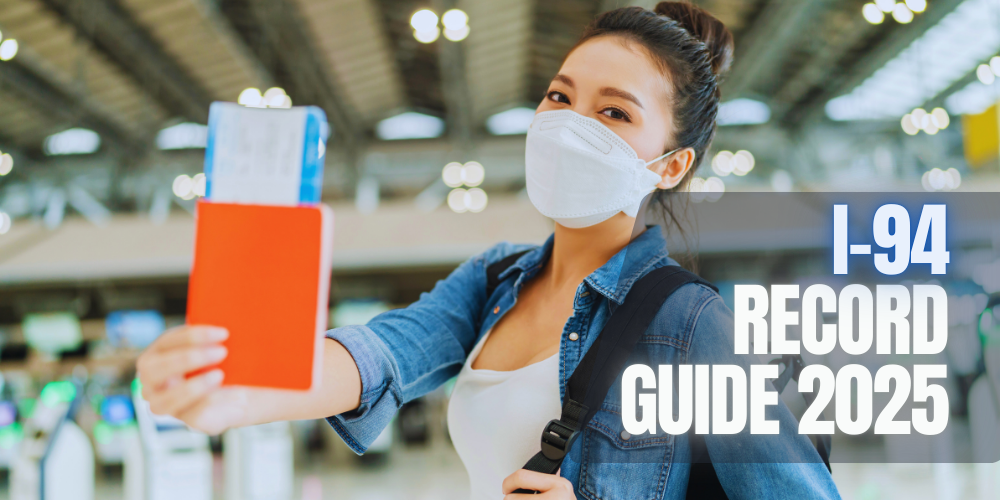
I-94 Record Guide 2025: How to Get, Retrieve, and Fix Your Arrival/Departure Record
If U.S. immigration were a novel, the I-94 would be the quiet supporting character who turns out to

H-1B to H-4 Change of Status: The Complete 2025 Guide (Processing Times, Requirements & EAD Eligibility)
Transitioning from H-1B to H-4 status isn’t just a bureaucratic shuffle—it’s a strategic shift
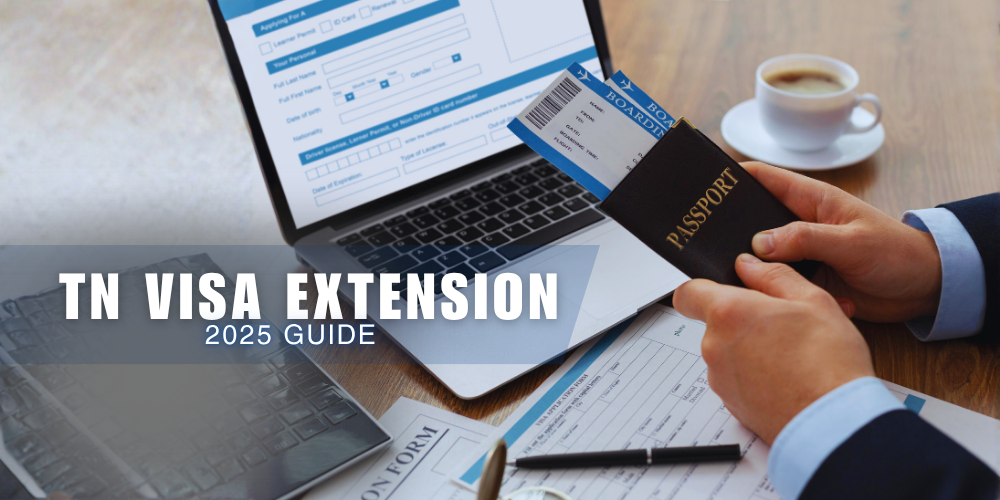
How Long Does a TN Visa Extension Take in 2025?
Time — it’s the one thing every TN professional learns to respect. Whether you’re an engi

The Easiest Countries to Get Citizenship in 2025: Fast Tracks, Smart Moves, and Hidden Shortcuts
In 2025, the idea of belonging to just one nation feels almost quaint. As the world continues to shr
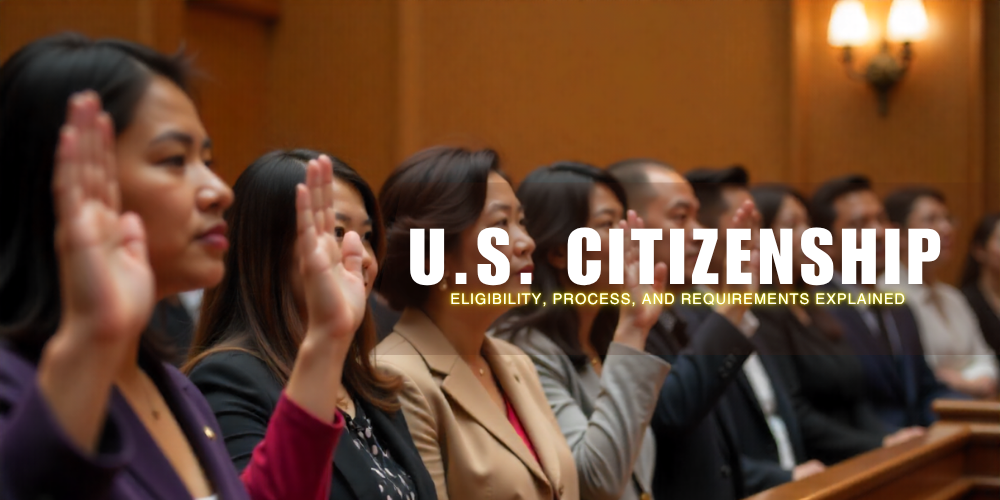
U.S. Citizenship Made Simple: Eligibility, Process, and Requirements Explained
For many, U.S. citizenship is more than just a passport—it’s a gateway to stability, opportunity
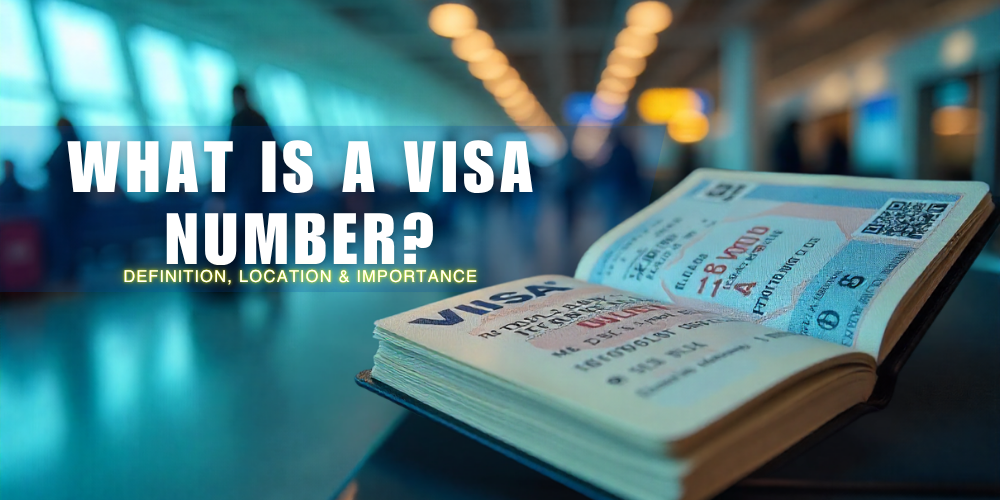
What Is a Visa Number? Definition, Location & Importance
Look closely at your U.S. visa and you’ll notice a small red number tucked away in the corner. Eas
Read More

I-94 Record Guide 2025: How to Get, Retrieve, and Fix Your Arrival/Departure Record

H-1B to H-4 Change of Status: The Complete 2025 Guide (Processing Times, Requirements & EAD Eligibility)

How Long Does a TN Visa Extension Take in 2025?

The Easiest Countries to Get Citizenship in 2025: Fast Tracks, Smart Moves, and Hidden Shortcuts

U.S. Citizenship Made Simple: Eligibility, Process, and Requirements Explained

What Is a Visa Number? Definition, Location & Importance

Welcome to the VisaTravel blog. We know that navigating the maze of visa applications and online forms can be as tricky as choosing the perfect travel playlist (which is all we want you worrying about anyway).
Throughout our years of experience, though, we’ve uncovered a mountain of knowledge which, via this blog, we’re sharing with you! Whether you're diving into the world of travel visas, wondering about the ESTA online hustle, or just trying to figure out the DS160 form, think of us as your online concierge, here to make the process easy and most of all, clear.
At this point in our global context, who has time for endless paperwork and confusing legal jargon? No one. That's why we're all about spilling the tea on online visa hacks, easier-to-work-with DS160 forms, and giving you tips on everything from tourist visas to immigration, to that last-minute ESTA online adventure.
So, just plug in a word you’re curious about on the search bar, and boom. We've got the tips, tricks, and insider info to help you (and anyone else you may be traveling with) get to your travel destination with the confidence of a seasoned traveler.
Now go explore!
 U.S. Visa
U.S. Visa
 Canada eTA
Canada eTA
 Schengen Visa
Schengen Visa
 New Zealand eTA
New Zealand eTA
 United Kingdom eTA
United Kingdom eTA
 Australia eVisitor
Australia eVisitor
 Vietnam eVisa
Vietnam eVisa
 Egypt eVisa
Egypt eVisa
 Singapore Arrival Card
Singapore Arrival Card
 Sri Lanka eVisa
Sri Lanka eVisa





